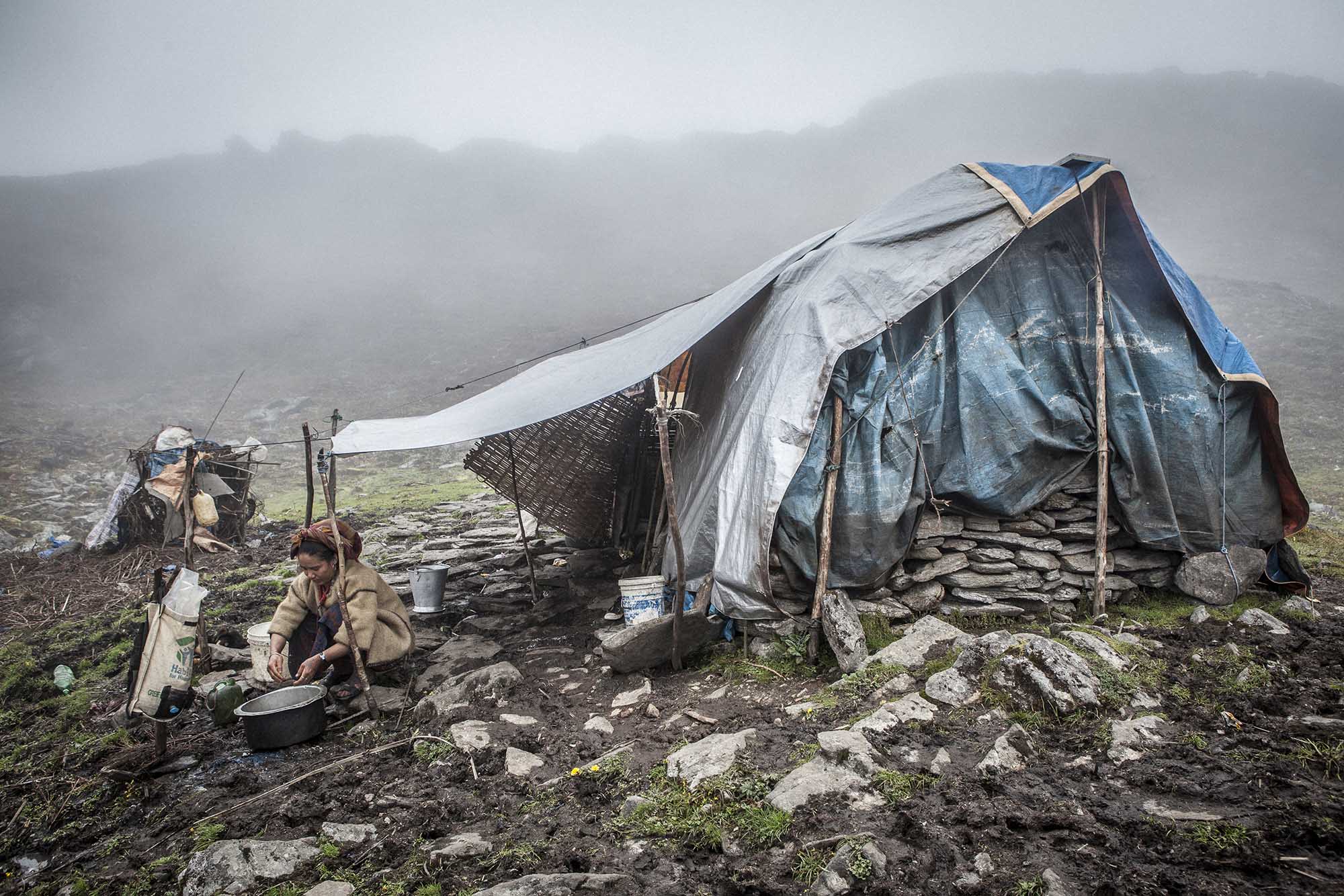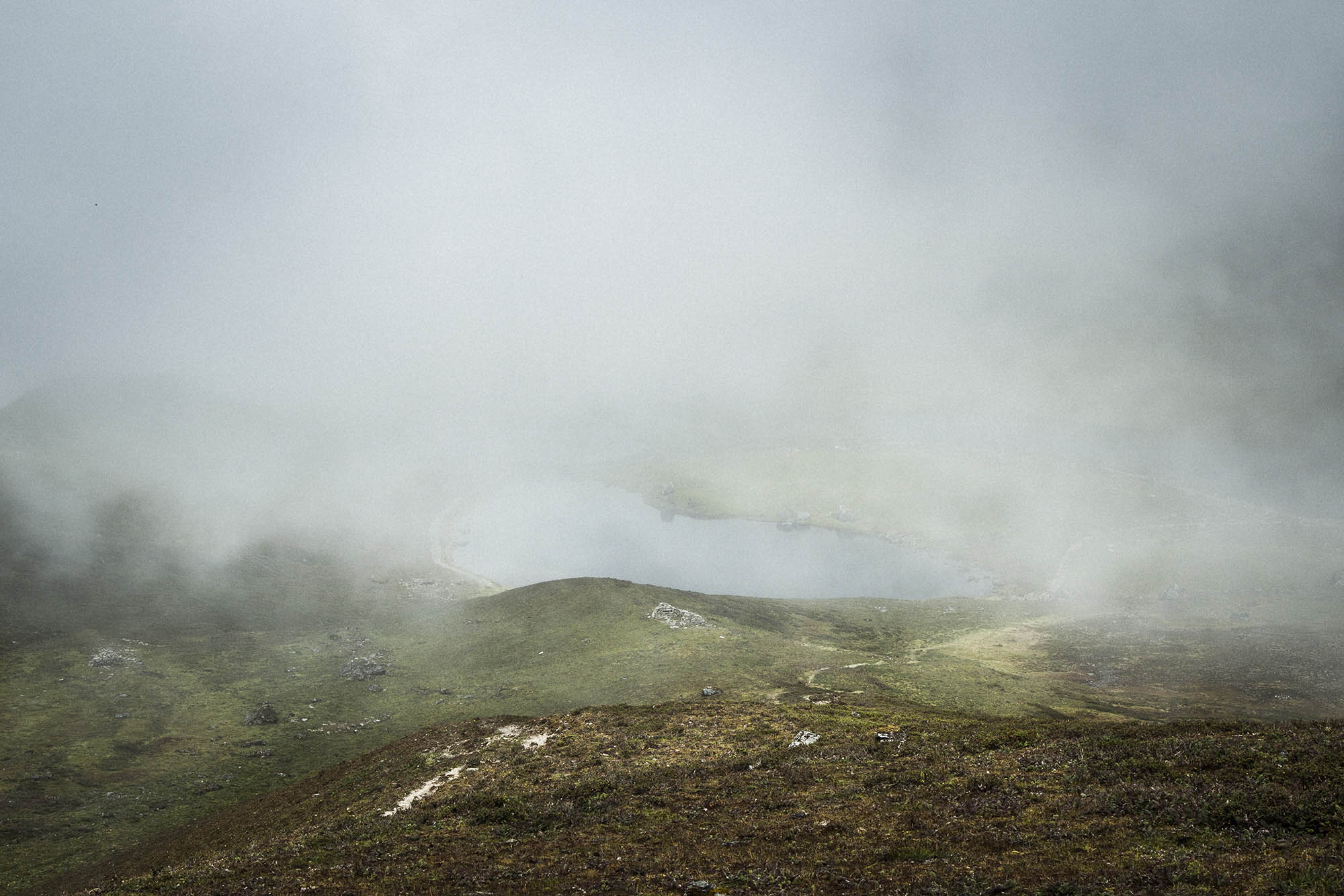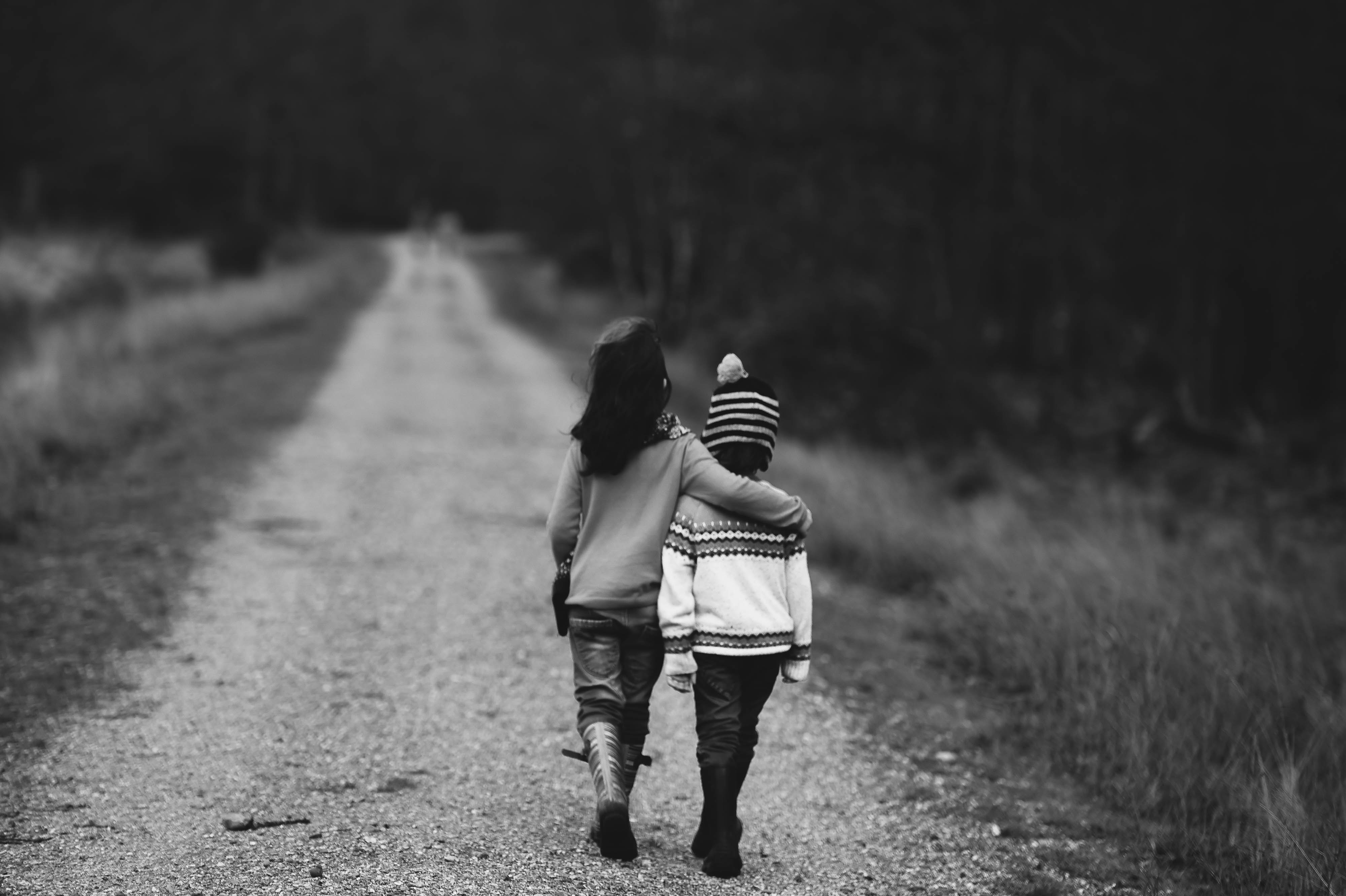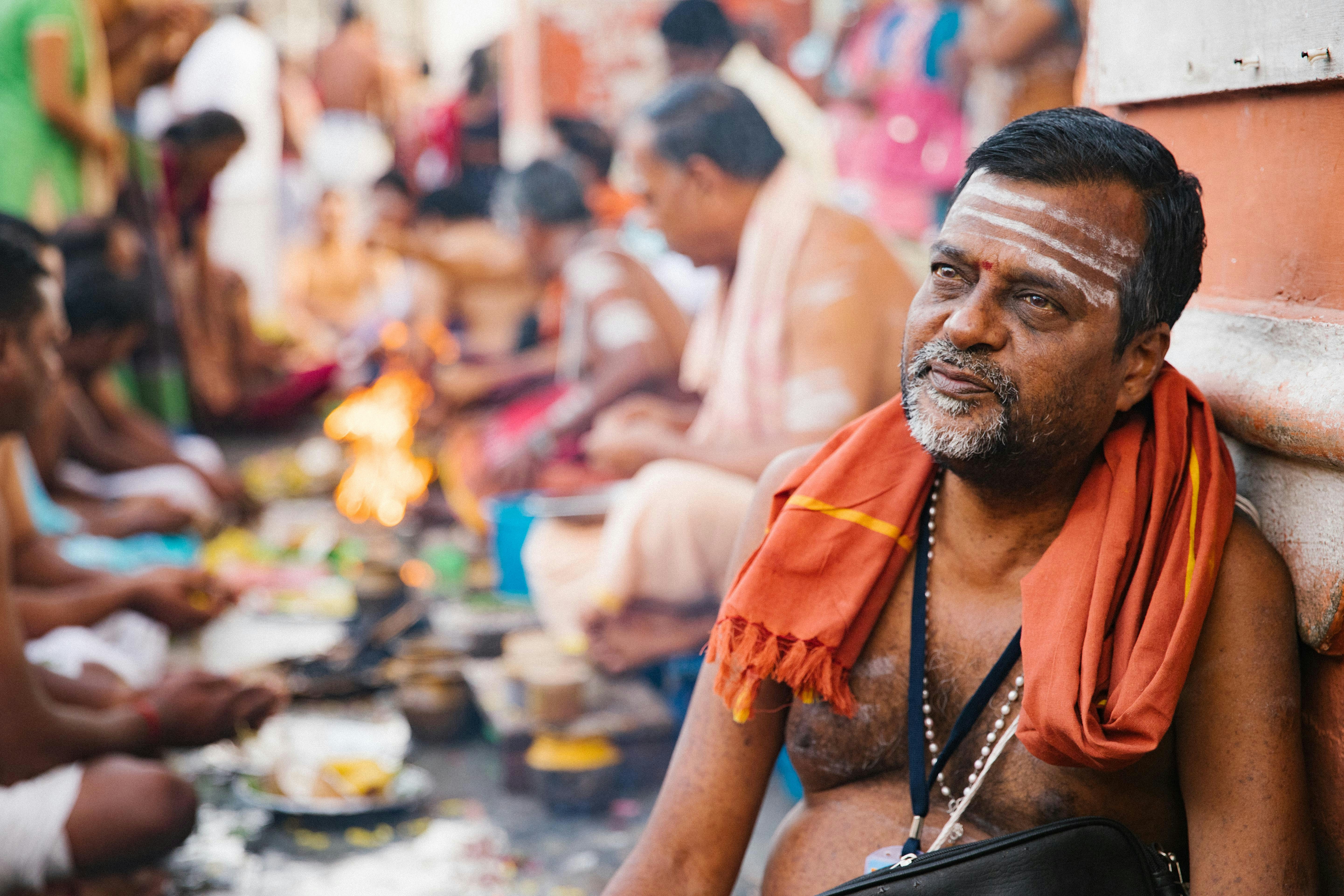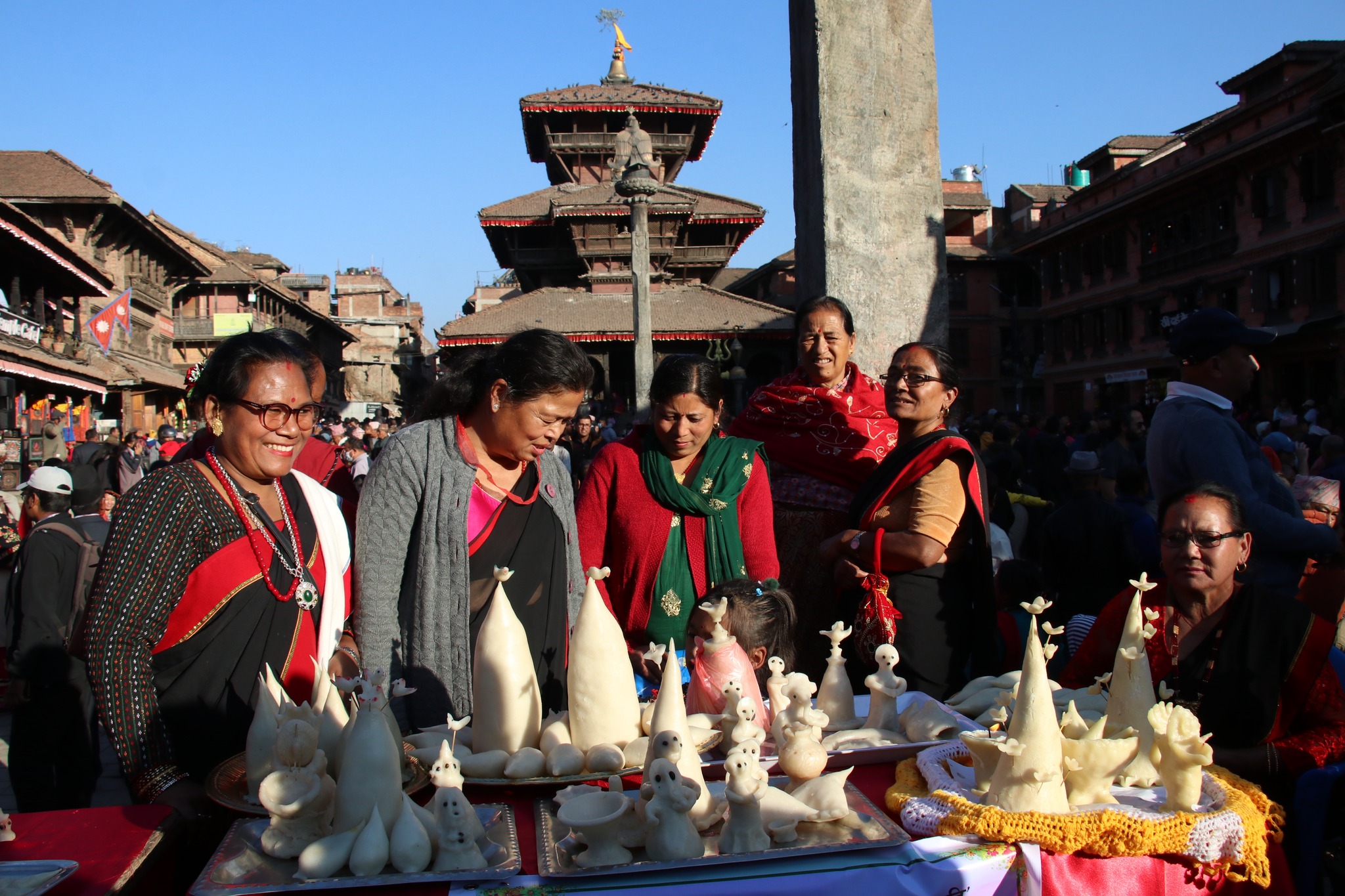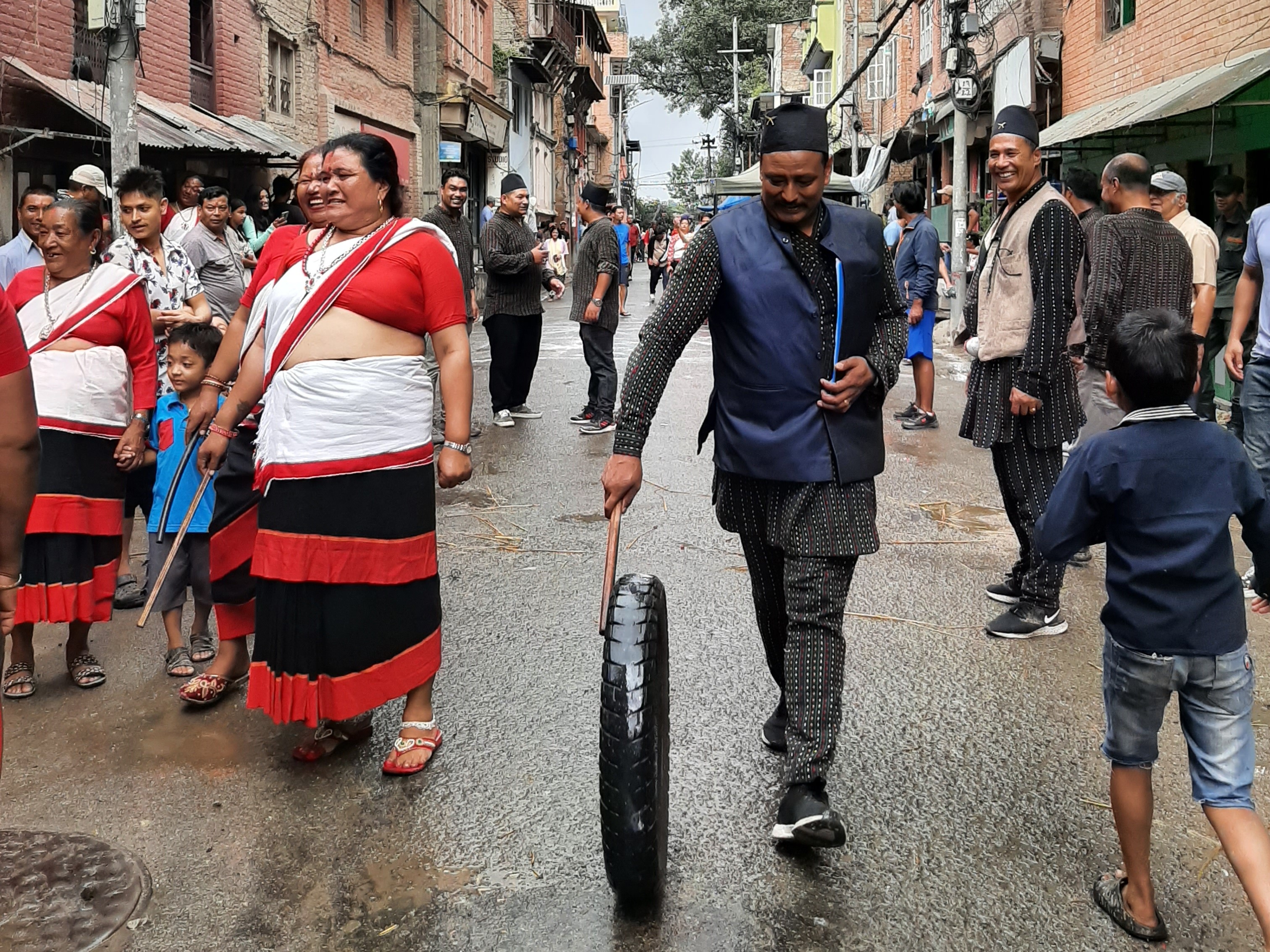For centuries, herders in Nepal have maintained a sustainable and mobile lifestyle, travelling between designated pastures for each season. They have always moved their cattle regularly to make use of the spatial and temporal inconsistency of grassland resources.
Although often regarded as a primitive method, nomadism is in fact a highly sophisticated adaptation strategy. It is a unique alternative to the sedentary cultures of agricultural and urban societies.
Studies have shown that the impacts of climate change may be intensified at higher elevations and in regions with complex topography, as is the case in Nepal’s mid-hills. Rising temperatures and changing precipitation patterns are influencing the region’s ecosystems and human populations, including the pastoral nomads of this region.
It can take months or years for the effects of climate change, like irregular rainfall pattern, to become evident as water and food shortages. The ecology of the hills of Nepal has suffered due to an increasingly irregular pattern of rainfall. In the mid-hills of Rasuwa and Sindhupalchowk, pastoral nomads are significantly more vulnerable now.
(Above) Maili Ghising doing the dishes at her temporary shelter located at Panch Pokhari, 4,300 metres above the sea level, in Sindhupalchok. (Opening image) Man Bahadur Ghising takes a break from preparing a bamboo basket at Panch Pokhari, 4,200 metres ASL, in Sindhupalchok. Due to the unpredictable climate in the past decade, he has been compelled to find alternate of maintaining his livelihood, apart from herding livestock. Panchpokhari, Sindhupalchowk, Nepal. 2015.
Maila Tamang, a herder from Bhotang VDC in Sindhupalchok, has observed that the rainfall is becoming highly erratic, days are becoming hotter, the patterns of winds, fog and hailstorms have altered and thus the lives of herders and that of his cattle are becoming uncertain. Sindhupalchok, Nepal, 2015.
A herder migrates from the higher altitude to escape the cold winter along with his herd towards the lower grazeland in Mane Kharka. Sindhupalchok, Nepal, 2015.
Climate change has caused a decline in the amount of snowfall on the mountains. Scientists believe that rising global temperatures have a bigger impact on the rate at which glaciers are melting. Panch Pokhari, Sindhupalchok, Nepal, 2015.
Herders in Sindhupalchok have observed that rainfall has become highly erratic, and aridity and drought have increased rapidly in the past 15 years. The irregular rainfall pattern and the decline of hill agriculture have forced pastoral nomads to depend on imported food and brought them under the influence of the global market.
The age-old ecological balance is at stake. The livelihoods — and the very survival — of pastoral nomads are under serious threat from flooding, aridity, drought and forest fires. Some have migrated to urban centres, but many cannot leave behind their age-old ecological adaptation. With a rapidly disintegrating way of life, and an uncertain future ahead, they now have nowhere to go.
(This photo story was produced with the support of the 2015 photo.circle Photography Grant Program.)
***
Also read
It’s time for the rain god’s procession in Nepal’s historic city Patan again!
13 months after Nepal quake, four travelling photographers ask one question



